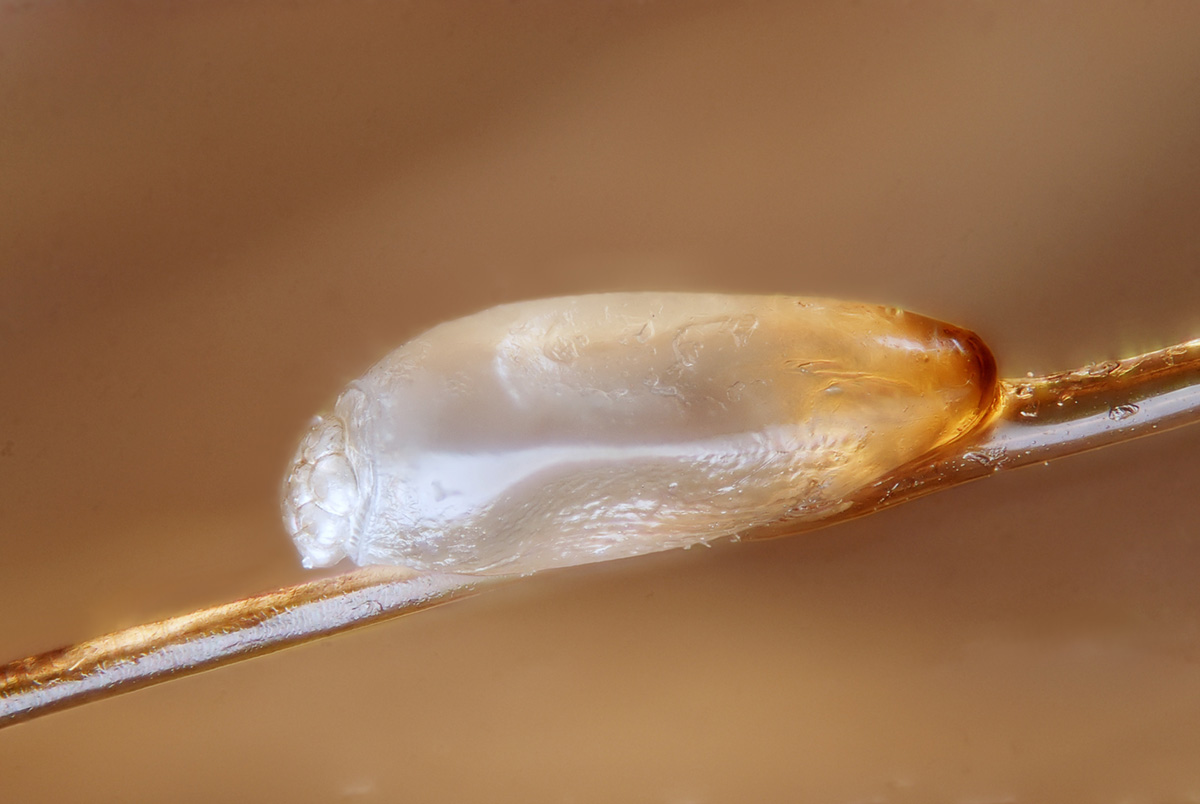
Life Cycle of Head Lice
Liceare a fairly common problem for children especially, as well as for people who come into contact with children often. These tiny creatures live on human scalps and survive by drawing blood via extremely small holes that they make in the scalp. During an outbreak of lice, it is not uncommon to see different lice in various stages of the life cycle on one scalp. Therefore, understanding the different stages of life a louse undergoes is essential in knowing when and how to treat them.
Liceon a host usually take between 3 and 4 weeks to develop from an egg to an adult. Each female louse can lay anywhere between 50 and 150 eggs (also known as nits) during her life; the recently laid eggs are distinguishable by the opacity of their shells, while the recently hatched eggs are more transparent. The eggs can be tricky to remove from the scalp due to the fact that they are typically rooted in place by a sticky material called chitin, although vinegar can be used to weaken the chitin enough to remove the eggs easily.
Oncehatched, the young lice nymphs have a grey-brown colouration and will grow and shed their skin three times, after which they are fully mature adults that can and will procreate. Younger lice are smaller and more difficult to see due to their colouration, but become much more noticeable as they grow. Adult lice typically live for four to six weeks while on a human host.
Headlice require nourishment from their hosts many times each day and cannot do without their host. Once removed from the human scalp, lice do not survive for long, the eggs lasting for up to two weeks and the adults lasting for only a few days. Lice cannot continue with their life cycle once removed from the host, so catching them early isadvised.
Symptomsand Treatment
Thefirst symptoms to watch out for are itching of the scalp and possible swelling of the lymph nodes in the neck. The lice can usually be clearly spotted upon closer examination of the scalp. Lice infestations spread through contact, so one person's hair touching another's hair who has lice may spread the infestation. Also, using various things that have touched an infested scalp, such as hair brushes or combs and hats, can also transmit the infestation by transferring some eggs.
Typicaltreatments include manual removal of the eggs and lice and washing the scalp with 'pediculicides' that kill the matured lice but usually not the eggs. Thus a second round of washing the scalp should occur at least a week later to ensure that any eggs will have hatched and the nymphs can be killed successfully. Remember, these pediculicides are slightly toxic, so care must be taken when using them.


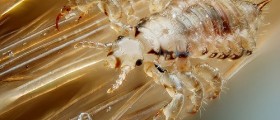
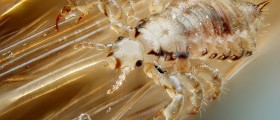
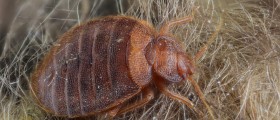
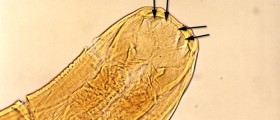
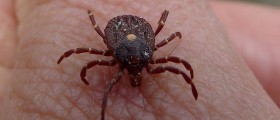
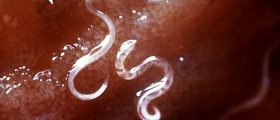

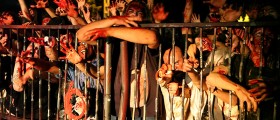
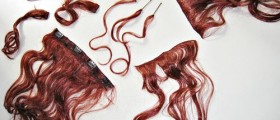
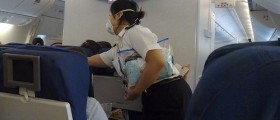
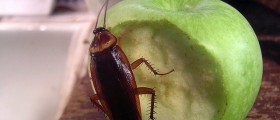
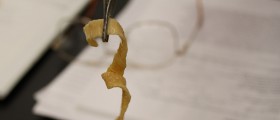
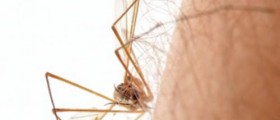
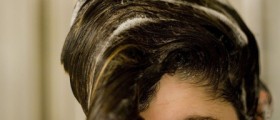

Your thoughts on this
Loading...